The Power of Collaboration in the Quest for Cure
Let’s start with four statements I’m willing to call facts:
1. Chronic disease afflicts the majority of American adults over the age of 45.
2. People with chronic disease choose a visit with an allopathic physician (conventional medicine) as their first course of action.
3. A pharmaceutical prescription is the first course of action after linking symptoms and biomarkers to a commonly diagnosed disease (type 2 diabetes, hypothyroidism, hypertension, hypercholesterolemia, etc.).








 I’ve been to the mountain. Yes, I’ve been in the world of medicine. I’ve run my programs in hospitals, collaborated with physicians to address chronic disease, and spoken at medical conferences on topics ranging from “emotion and the patient” to “the healing powers of synergy.”
I’ve been to the mountain. Yes, I’ve been in the world of medicine. I’ve run my programs in hospitals, collaborated with physicians to address chronic disease, and spoken at medical conferences on topics ranging from “emotion and the patient” to “the healing powers of synergy.”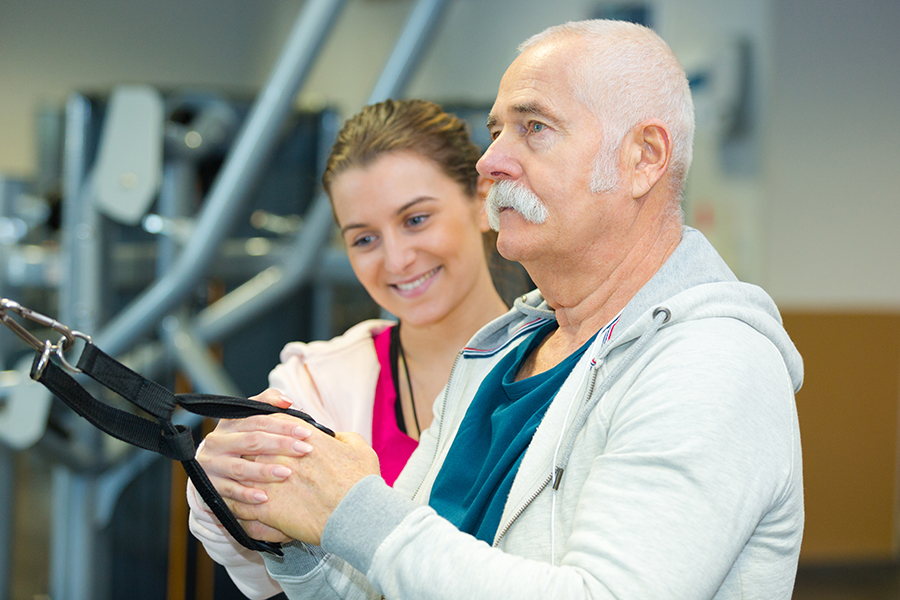 The most important piece of creating an industry wide recognition of the trainer’s power is perhaps the dismissal of ego, the acknowledgement that trainers deemed competent in prescribing safe and effective exercise, have not learned to address metabolic imbalance, hormonal disruption, and inflammatory issues that underlie the most common conditions.
The most important piece of creating an industry wide recognition of the trainer’s power is perhaps the dismissal of ego, the acknowledgement that trainers deemed competent in prescribing safe and effective exercise, have not learned to address metabolic imbalance, hormonal disruption, and inflammatory issues that underlie the most common conditions.
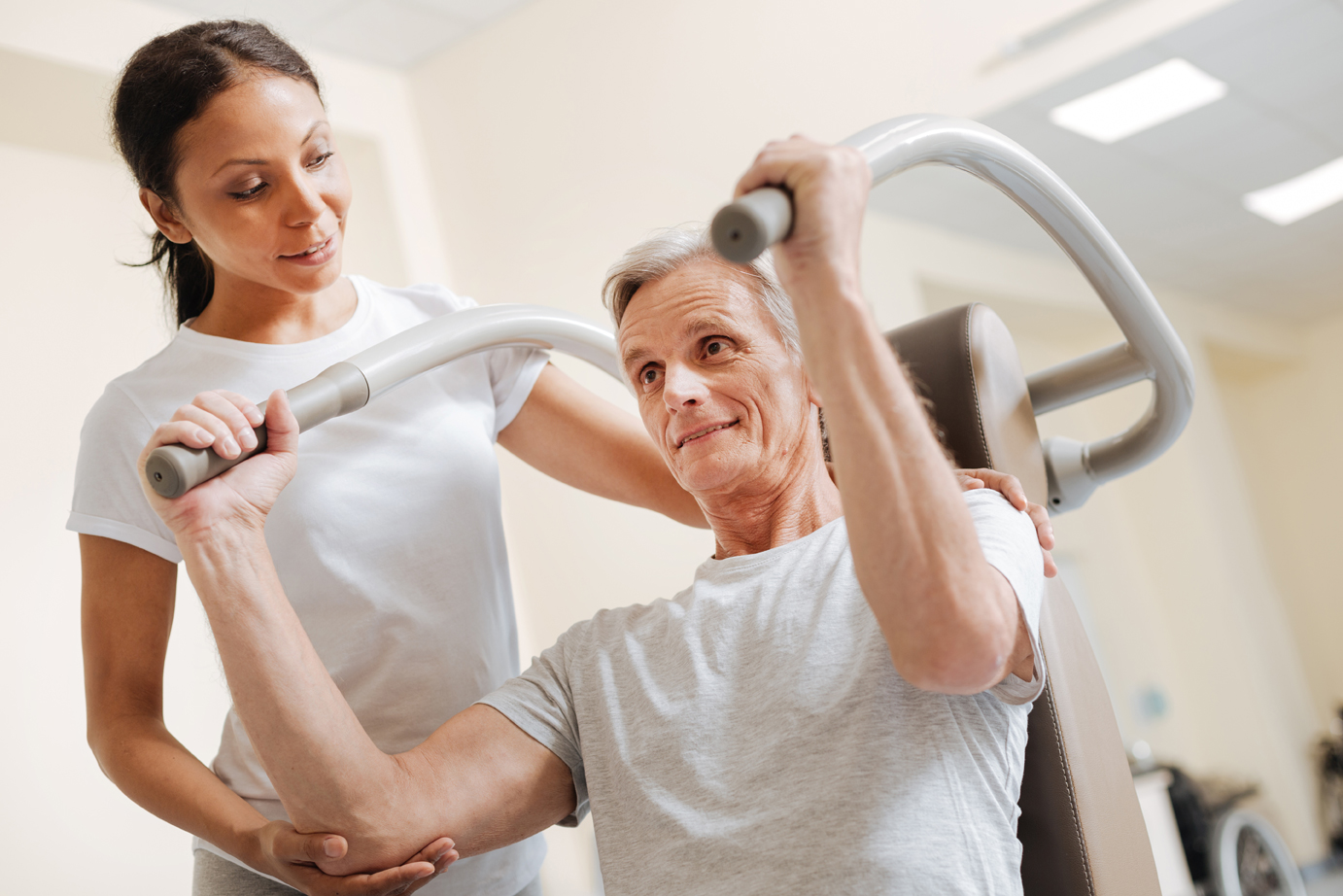

 The leading Boomers are 63-72 and they are becoming “seniors” in a completely new way. In fact programs like Silver Sneakers, and other “senior” fitness programs, they are not attending, because as they would put it, those are for “old people ”….maybe for my mom or dad, but not me! This entire generation is breaking the mold on aging and is looking for something new, something cutting edge, something to give them a competitive advantage on their next 20-30 years. They want to give the grand kids a run for their money and they are only just beginning to take on new adventures. So they need personal trainers, group fitness instructors and fitness programming to be the best it can be.
The leading Boomers are 63-72 and they are becoming “seniors” in a completely new way. In fact programs like Silver Sneakers, and other “senior” fitness programs, they are not attending, because as they would put it, those are for “old people ”….maybe for my mom or dad, but not me! This entire generation is breaking the mold on aging and is looking for something new, something cutting edge, something to give them a competitive advantage on their next 20-30 years. They want to give the grand kids a run for their money and they are only just beginning to take on new adventures. So they need personal trainers, group fitness instructors and fitness programming to be the best it can be.
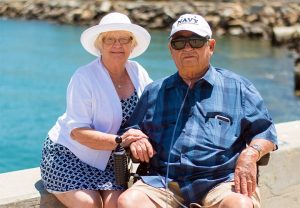 People are living longer and, in some parts of the world, healthier lives. This represents one of the crowning achievements of the last century but also a significant challenge. Longer lives must be paid for. Societal aging may affect economic growth and many other issues, including the sustainability of families, the ability of states and communities to provide resources for older citizens, and international relations. The Global Burden of Disease, a study conducted by the World Health Organization and the World Bank, with partial support from the U.S. National Institute on Aging, predicts a very large increase in disability caused by increases in age-related chronic disease in all regions of the world. In a few decades, the loss of health and life worldwide will be greater from noncommunicable or chronic diseases (e.g., cardiovascular disease, dementia and Alzheimer’s disease, cancer, arthritis, and diabetes) than from infectious diseases, childhood diseases, and accidents.
People are living longer and, in some parts of the world, healthier lives. This represents one of the crowning achievements of the last century but also a significant challenge. Longer lives must be paid for. Societal aging may affect economic growth and many other issues, including the sustainability of families, the ability of states and communities to provide resources for older citizens, and international relations. The Global Burden of Disease, a study conducted by the World Health Organization and the World Bank, with partial support from the U.S. National Institute on Aging, predicts a very large increase in disability caused by increases in age-related chronic disease in all regions of the world. In a few decades, the loss of health and life worldwide will be greater from noncommunicable or chronic diseases (e.g., cardiovascular disease, dementia and Alzheimer’s disease, cancer, arthritis, and diabetes) than from infectious diseases, childhood diseases, and accidents.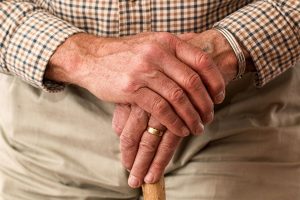 An important feature of population aging is the progressive aging of the older population itself. Over time, more older people survive to even more advanced ages. For research and policy purposes, it is useful to distinguish between the old and the oldest old, often defined as people age 85 and over. Because of chronic disease, the oldest old have the highest population levels of disability that require long-term care. They consume public resources disproportionately as well.
An important feature of population aging is the progressive aging of the older population itself. Over time, more older people survive to even more advanced ages. For research and policy purposes, it is useful to distinguish between the old and the oldest old, often defined as people age 85 and over. Because of chronic disease, the oldest old have the highest population levels of disability that require long-term care. They consume public resources disproportionately as well.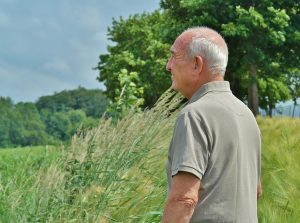 Using data from the United Nations, U.S. Census Bureau, and Statistical Office of the European Communities as well as regional surveys and scientific journals, the U.S. National Institute on Aging (NIA), with input from demographers, economists, and experts on aging, identified nine emerging trends in global aging. Together, these trends present a snapshot of challenges and opportunities that clearly show why population aging matters.
Using data from the United Nations, U.S. Census Bureau, and Statistical Office of the European Communities as well as regional surveys and scientific journals, the U.S. National Institute on Aging (NIA), with input from demographers, economists, and experts on aging, identified nine emerging trends in global aging. Together, these trends present a snapshot of challenges and opportunities that clearly show why population aging matters.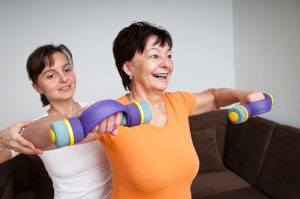 The emphasis in gerontological research has begun to shift from lengthening life to increasing years of health. The new goal is to shorten the period of time that people live in an unhealthy, dependent state. If scientific advances allow us to live 15 or 20 years longer, and if these 15-20 years consist mainly of pain, suffering, and dependence on others, what have we accomplished?
The emphasis in gerontological research has begun to shift from lengthening life to increasing years of health. The new goal is to shorten the period of time that people live in an unhealthy, dependent state. If scientific advances allow us to live 15 or 20 years longer, and if these 15-20 years consist mainly of pain, suffering, and dependence on others, what have we accomplished?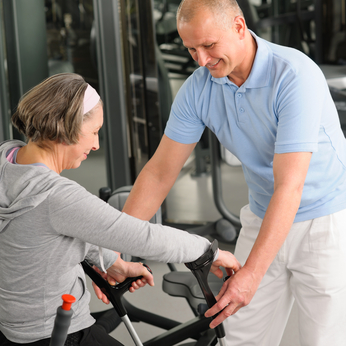
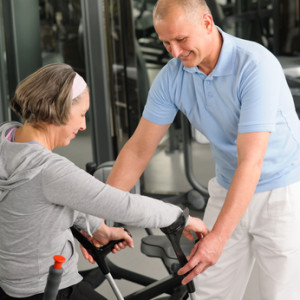 It isn’t an easy question to answer. We can tackle it by considering all of the dollars those who incur inflammatory issues, chronic challenges, and cellular degradation will have to invest in maintaining function and comfort. We might also attempt to place a monetary value upon lost quality of life. We might even consider the simple question, “what would someone pay to rediscover health” considering their fear and apprehension of the alternative, and from that extrapolate the value.
It isn’t an easy question to answer. We can tackle it by considering all of the dollars those who incur inflammatory issues, chronic challenges, and cellular degradation will have to invest in maintaining function and comfort. We might also attempt to place a monetary value upon lost quality of life. We might even consider the simple question, “what would someone pay to rediscover health” considering their fear and apprehension of the alternative, and from that extrapolate the value.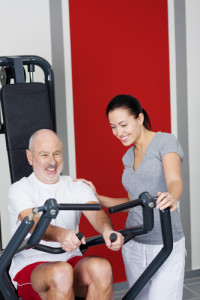 HOW DO YOU STEP UP AND CREATE AN AUDIENCE?
HOW DO YOU STEP UP AND CREATE AN AUDIENCE?